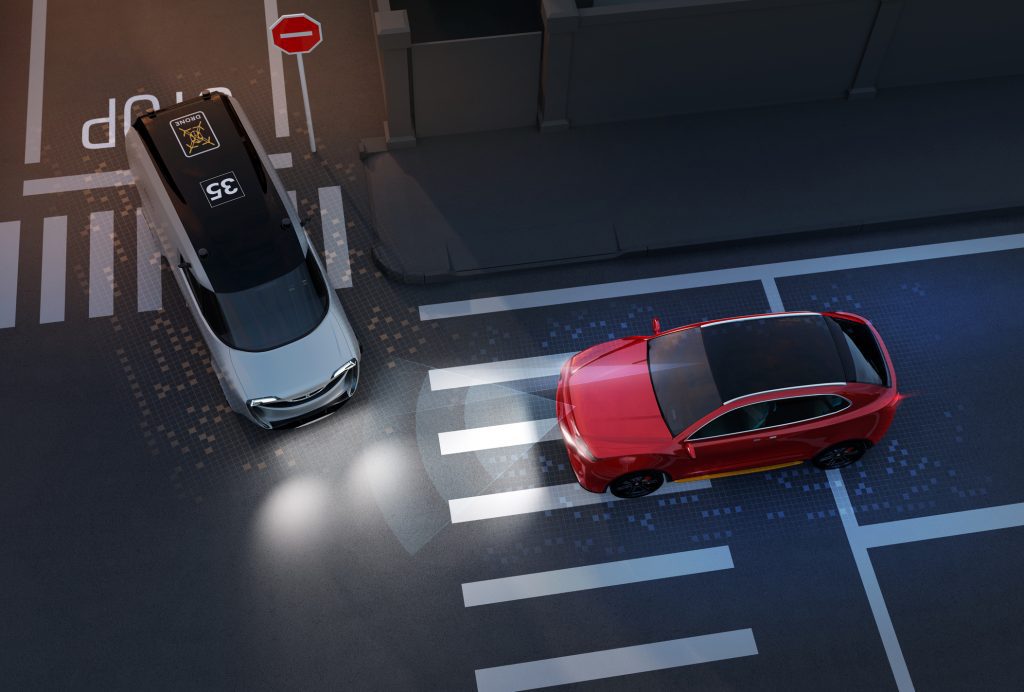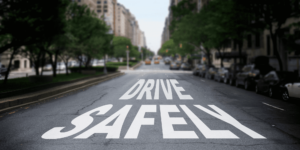
As more new vehicles become equipped with crash-avoidance features, some owners report significant issues with the technologies after repairs, according to a recent report from the Insurance Institute of Highway Safety (IIHS).
In the survey, approximately half of those who reported an issue with equipped front crash prevention, blind-spot detection, or rearview or other visibility-enhancing cameras said at least one of those systems presented problems after the repair job was completed.
Nevertheless, many owners remained eager to have a vehicle with these features and were pleased with the out-of-pocket cost, according to Alexandra Mueller, IIHS senior research scientist.
“These technologies have been proven to reduce crashes and related injuries,” Mueller said. “Our goal is that they continue to deliver those benefits after repairs and for owners to be confident that they’re working properly.”
Still, as problems with these technologies persist, the study notes that it is important to track repair issues to further the adoption of crash avoidance features. IIHS research has shown that front-crash prevention, blind-spot detection, and rearview cameras all substantially reduce the types of crashes they are designed to address. For example, IIHS said, automatic emergency braking reduces police-reported rear-end crashes by 50 percent.
An analysis conducted by the IIHS-affiliated Highway Loss Data Institute (HLDI) showed the reduction in insurance claims associated with Subaru and Honda crash-avoidance systems remained essentially constant, even in vehicles more than five years old. But repairs can make it necessary to calibrate the cameras and sensors that the features rely on to work properly, making repairs complicated and costly.
For example, a simple windshield replacement can cost as little as $250, while a separate HLDI study found vehicles equipped with front crash prevention were much more likely to have glass claims of $1,000 or more. Much of that higher cost is likely related to calibration.
The new IIHS study found that owners often had more than one reason requiring repairs to these safety features. Most had received a vehicle recall or service bulletin about their feature, but that was rarely the sole reason they brought their vehicles in for service or repair.
“Other common reasons — which were not mutually exclusive — included windshield replacement, crash damage, a recommendation from the dealership or repair shop, and a warning light or error message from the vehicle itself,” according to the study.
Repair difficulties could motivate drivers to turn off crash avoidance features, potentially making collisions more likely. But, despite the post-repair issues, the study found that slightly more than 5 percent of owners would opt not to purchase another vehicle with the repaired feature. As reckless driving and traffic fatalities continue to rise, advanced driver-assistance systems will only become more important for the roadway safety, necessitating reliable technology.
Source: Max Dorfman | https://www.iii.org/insuranceindustryblog/crash-avoidance-features-complicate-auto-repairs-but-still-are-valued/






No comment yet, add your voice below!